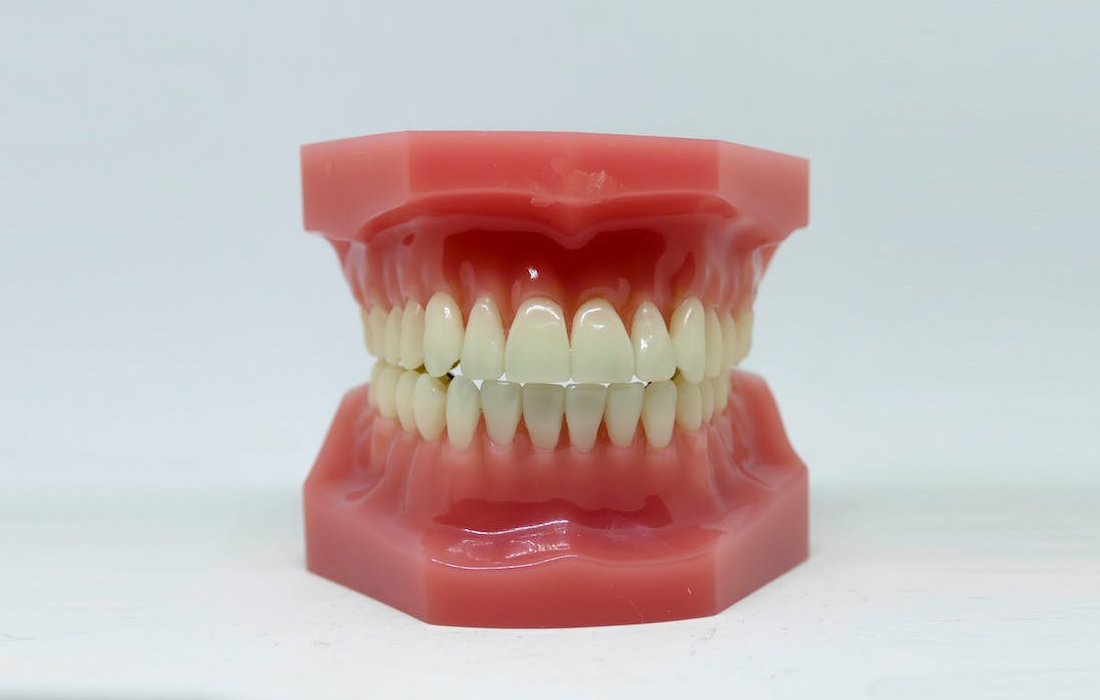Regenerative Medicine News and General Information
Tooth Decay Linked to Newly Identified Bacteria
Collaborating researchers from the University of Pennsylvania School of Dental Medicine and the Adams School of Dentistry and Gillings School of Global Public Health at the University of North Carolina have discovered that a bacterial species called Selenomonas sputigena can have a major role in causing tooth decay.
Scientists have long considered another bacterial species, the plaque-forming, acid-making Streptococcus mutans, as the principal cause of tooth decay — also known as dental caries. However, in the study, which appeared 22 May in Nature Communications, the Penn Dental Medicine and UNC researchers showed that S. sputigena, previously associated only with gum disease, can work as a key partner of S. mutans, greatly enhancing its cavity-making power.
“This was an unexpected finding that gives us new insights into the development of caries, highlights potential future targets for cavity prevention, and reveals novel mechanisms of bacterial biofilm formation that may be relevant in other clinical contexts,” said study co-senior author Hyun (Michel) Koo DDS, PhD, a professor in the Department of Orthodontics and Divisions of Pediatrics and Community Oral Health and Co-Director of the Center for Innovation & Precision Dentistry at Penn Dental Medicine.
Scientists in past studies of plaque bacterial contents have identified a variety of other species in addition to S. mutans. These include species of Selenomonas, an “anaerobic,” non oxygen-requiring group of bacteria that are more commonly found beneath the gum in cases of gum disease. But the new study is the first to identify a cavity-causing role for a specific Selenomonas species.
The UNC researchers took samples of plaque from the teeth of 300 children aged 3-5 years, half of whom had caries, and, with key assistance from Koo’s laboratory, analyzed the samples using an array of advanced tests.
The data showed that although S. sputigena is only one of several caries-linked bacterial species in plaque besides S. mutans, and does not cause caries on its own, it has a striking ability to partner with S. mutans to boost the caries process.
S. mutans is known to use available sugar to build sticky constructions called glucans that are part of the protective plaque environment. The researchers observed that S. sputigena, which possesses small appendages allowing it to move across surfaces, can become trapped by these glucans. Once trapped, S. sputigena proliferates rapidly, using its own cells to make honeycomb-shaped “superstructures” that encapsulate and protect S. mutans. The result of this unexpected partnership, as the researchers showed using animal models, is a greatly increased and concentrated production of acid, which significantly worsens caries severity.
The findings, Koo said, show a more complex microbial interaction than was thought to occur, and provide a better understanding of how childhood cavities develop — an understanding that could lead to better ways of preventing cavities.
“Disrupting these protective S. sputigena superstructures using specific enzymes or more precise and effective methods of tooth-brushing could be one approach,” Koo said.
Sources:
Hunyong Cho, Zhi Ren, Kimon Divaris, Jeffrey Roach, Bridget M. Lin, Chuwen Liu, M. Andrea Azcarate-Peril, Miguel A. Simancas-Pallares, Poojan Shrestha, Alena Orlenko, Jeannie Ginnis, Kari E. North, Andrea G. Ferreira Zandona, Apoena Aguiar Ribeiro, Di Wu, Hyun Koo. Selenomonas sputigena acts as a pathobiont mediating spatial structure and biofilm virulence in early childhood caries. Nature Communications, 2023; 14 (1) DOI: 10.1038/s41467-023-38346-3
University of Pennsylvania. (2023, June 8). Dentists identify new bacterial species involved in tooth decay: Large study in children reveals Selenomonas sputigena as a key partner of Streptococcus in cavity formation.. ScienceDaily. Retrieved June 9, 2023 from www.sciencedaily.com/releases/2023/06/230608120924.htm
Photo by emirkhan bal from Pexels: https://www.pexels.com/photo/a-dental-model-on-a-white-surface-5794073/

